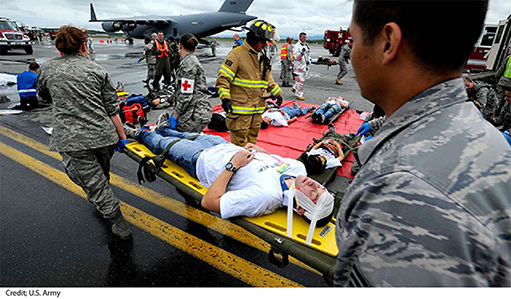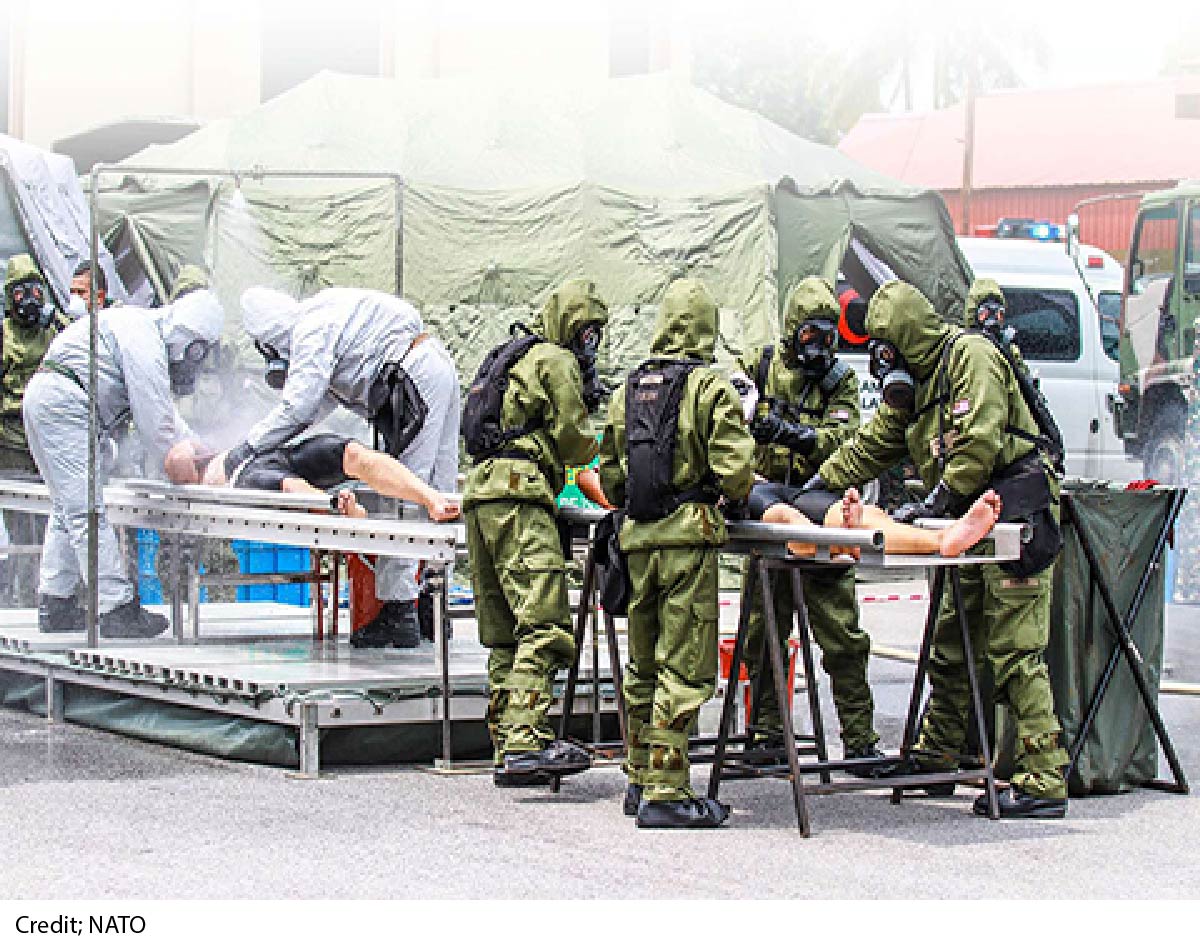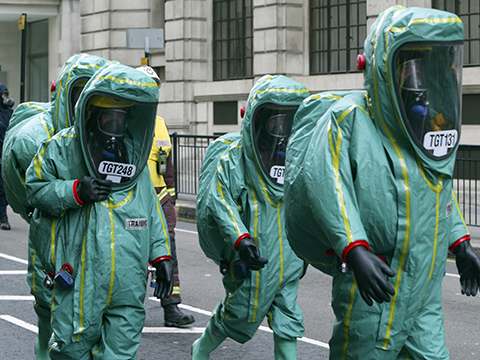
Report Chemical, Biological, Radiological, and Nuclear Threats September 2017
- December 2018
- by Atlantic Treaty Association
The world governments and agencies agree (U.S. and Canada, and U.K. Governments, WHO and NATO) that decades of warnings they missed providing adequate attention to the coronavirus pandemic. Also, they missed establishing the capability-based planning to build an effective preparedness and response plan for global pandemics and health emergencies.
The recent event of the Covid-19 pandemic created a dramatic warning about how vulnerable the world is for future pandemics and the release of biological and chemical agents and the magnitude of challenges that the world will face.
Experts realize that the next danger is cyber and EMP attacks on infrastructure combined with CBRNE and bioterrorism events, which threaten the first responder and health care networks systems and communication capabilities.
Canada: Canadian Centre for Cyber Security Cyber Threat Bulletin: Impact of COVID-19 on Cyber Threats to the Health Sector Impact of COVID-19 on Cyber Threats to the Health Sector
NATO: The Geopolitical Implications of COVID-19 Speech by NATO Secretary-General Jens Stoltenberg at the German Institute for Global and Area Studies (GIGA)
WHO: The best time to prevent the next pandemic is now: countries join voices for better emergency preparedness

Our mission is about joining emergency respond forces "External Emergency Forces" (law enforcement, fire and rescue, medical, paramedics, other emergency responders, (military, sheriff, border service, CBRN personnel) and "Internal Emergency Forces" (hospital health care workers and field health care workers), all have the ability to work together to build a safe effective and interoperable workforce during the pandemic crisis and beyond.
The mission is an ongoing progress plan, started in 2008 expects to be completed in 2025. ( Project Milestone 2008-2021). The main focus of our mission is to build a "System of Systems" emergency preparedness and response plan to operate under a single umbrella.
We specifically focus on building an interoperable emergency workforce that can keep emergency responders and health care workers safe that they can keep patients safe.
Also, develop a distinguish identification system with workers representation to helps separate healthcare workers who are more valuable to the infections. The purpose of this system is to prevent healthcare workers from catching infections when chaotic situations arrive at the hospitals during the crisis
We assess the long-overdue issues, which have not been resolved. The Rand Corp: "How Well-Integrated Are Local Public Health Departments and Hospitals With the Preparedness Activities of Other Emergency Responders?"How Well-Integrated Are Local Public Health Departments and Hospitals With the Preparedness Activities of Other Emergency Responders?
The Key vision is to build a safe and effective emergency workforce and integrated emergency preparedness and response plan "CBRNE Triangle" by 2025. The focus is to create an effective interoperable partnership between first responders, other emergency responders, and hospital frontline healthcare workers during pandemics and biological and chemical attacks. This is a long-overdue issue that has not been addressed.



